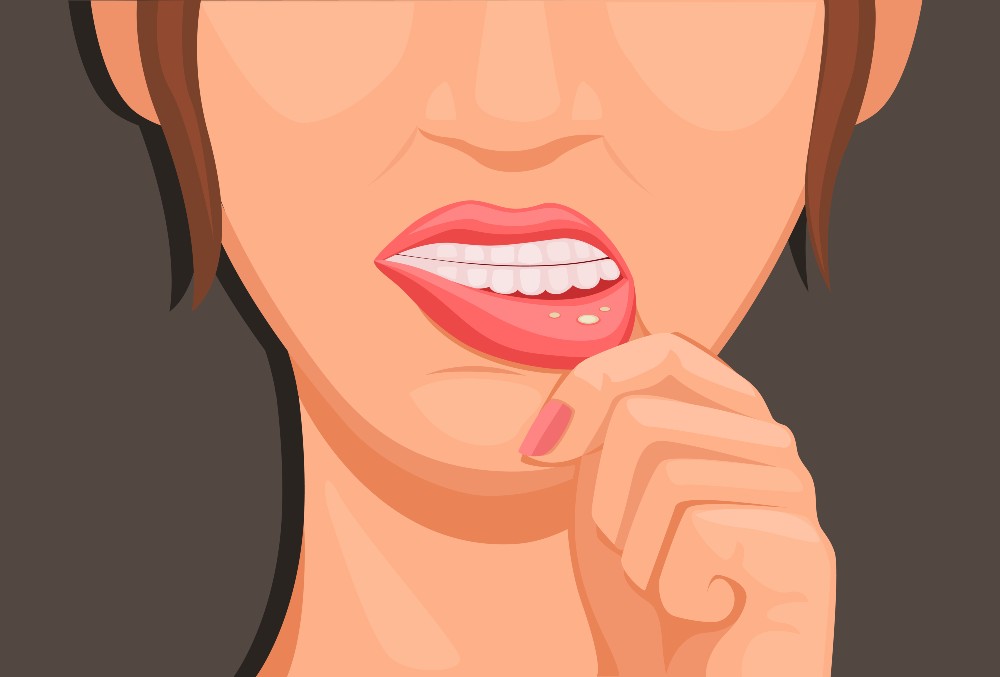Date
If you’ve ever had a mouth sore, you know just how painful it can be. Some sores can appear inside the mouth — on the gums, tongue, inside cheeks or roof of the mouth. Others, such as a cold sore, can form outside of the mouth, including on the lips or under the nose.
Learn more about different types of oral wounds — including canker sores, cold sores and leukoplakia — and how your dentist can help you treat them.
Causes of Mouth Sores
Mouth sores can have several causes, including:
- Infections caused by bacteria, fungi or viruses
- Irritation from orthodontics, dentures or other types of dental appliances
- Injury to the mouth or irritating foods
Determining the cause of your sores, especially if they are re-occurring, is the best way to treat and prevent oral wounds in the future.
Types of Mouth Sores
There are various types of mouth sores, such as:
- Canker Sores: Small, ulcer-like canker sores are often found inside the mouth and have a white or gray base with a red border. They are not usually contagious, but they can be quite painful. In most cases, a canker sore heals on its own in a week or two.
To help ease the pain, avoid acidic or spicy foods that can irritate the sore. Saltwater rinses, anti-bacterial mouthwash and other topical, over-the-counter gels can also help reduce the pain as the sore heals.
- Cold Sores: Cold sores — also known as fever blisters or Herpes Simplex — are groups of fluid-filled blisters that often appear around the lips and mouth area. Cold sores can be painful, and, unlike canker sores, they are also highly contagious. Because they are caused by a virus, cold sores are also likely to occur repeatedly. Most cold sores heal on their own over the course of a week or two.
While there is no cure for a cold sore, you can help speed the healing process and decrease painful symptoms with topical creams that inhibit the growth of the virus. Other ways to relieve cold sore symptoms include ice, over-the-counter pain relievers and keeping your hands off the sore.
- Leukoplakia: If you have ever noticed thick, white or gray patches in areas of your mouth, you may have a condition known as leukoplakia. Leukoplakia is caused by excess cell growth and most commonly affects the tongue and inner cheeks. It can also form as lesions on your lips, gums and roof of the mouth.
The condition is usually painless and benign, with most cases resolving on their own in about two weeks. If the patches persist, it’s a good idea to visit your dentist so that she or he can assess your oral health and determine the underlying cause. To reduce your risk for leukoplakia, avoid tobacco products, minimize alcohol intake and maintain a healthy, well-balanced diet.
Your Dentist Can Help
It can be alarming when you notice a sudden change in your oral health. Fortunately, most mouth sores are just a minor irritation and disappear on their own after a few days or weeks. If you have one or more sores in or around your mouth that last longer than a week, you should talk to your dentist. Your dentist can examine your mouth to determine the cause of your lingering sores and recommend the best course of treatment.


 703-734-2750
703-734-2750






